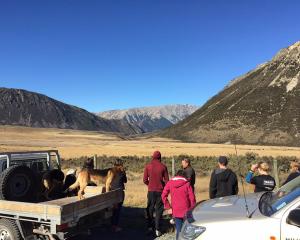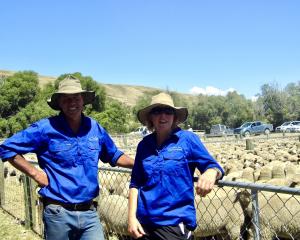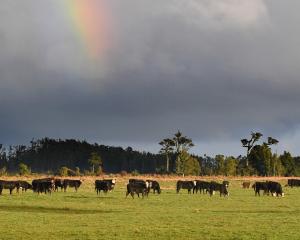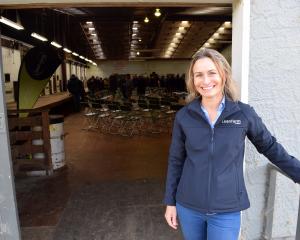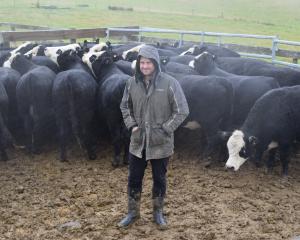
Nutritech's ruminant nutritionist Alun Faulkner, BLNZ senior environmental data analyst Jane Chrystal, Ryal Bush farmer Robbie Watkinson and Wreys Bush farmer Bradley Stewart were guest speakers.
Facilitator Andrew Roe said about 90 people attended the Beef + Lamb New Zealand seminar.
''Topics such as management of triplet-bearing ewes, the attributes of different winter crops for pregnant sheep, and strategies to reduce the environmental impact of intensive winter grazing, are clearly things that farmers are keen to learn more about.
''Farmers tend to enjoy hearing about things that are working for other farmers and I think they are more likely to try something different if they hear about the benefits from local people who have tried it, rather than from outside experts.''
Mr Roe discussed research carried out in North Canterbury to measure the effect of vitamin D injections on ewe bearing numbers.
They looked at 2000 ewes, in three groups - a control group with no treatment, and two treated groups,
The treated flocks had about two-thirds fewer bearings than the control flock.
Ryal Bush farmer Robbie Watkinson said he had tried to limit the number of triplets his sheep had.
He has 260ha with 2000 ewes, 550 hoggets and 120 cattle.
By limiting triplets there were fewer lamb deaths, lamb weights were up, works ewes' weights were up when not carrying triplets, there were fewer ewe deaths, fewer dry ewes, fewer tail-end lambs, lower animal health costs, fewer bearings and a reduced workload.
Lamb weights averaged 19.61kg compared to 17.5kg in earlier years.
Mr Stewart, of Wreys Bush, said he had run 3250 ewes and 5900 hoggets.
He used two rearing machines to feed any triplet the ewes could not handle, leaving two on their mothers.
He bought the first machine four years ago and reared 150 lambs and with two machines rears about 330.
He said he got about 30% of lambs away before Christmas and the average to works was about at 122 days, at 19kg.
He estimated he made about $45 profit per lamb during the past couple of years.
Nutritech's ruminant nutritionist Alun Faulkner said it was important triplet bearing ewes received the correct balance of energy, protein, fibre, macro-nutrients and trace elements in their nutritional intake.
''The objective is to maximise lambing percentages, and maximise the carcass weights of each lamb per ewe and maximise money per ewe.
Ms Chrystal talked about strategic winter grazing to reduce run-off and improve water quality.
She discussed the findings from trials carried out at Telford, Balclutha, including the importance of starting stock grazing from the top of a slope and moving downhill and ensuring gullies, swales and critical source areas were protected.
''By doing it at the top down, they reduced sediment loss by up to 80%.''


